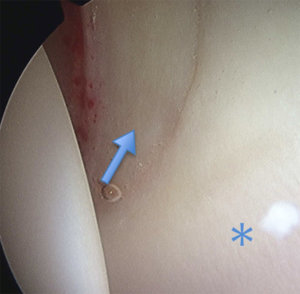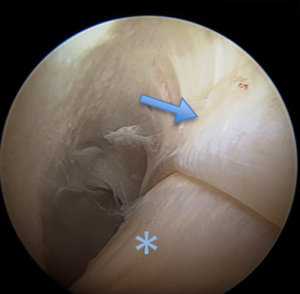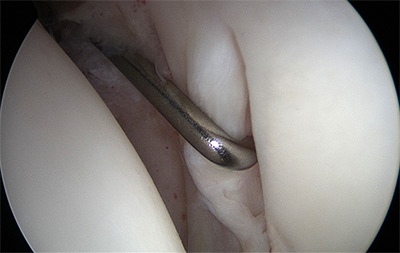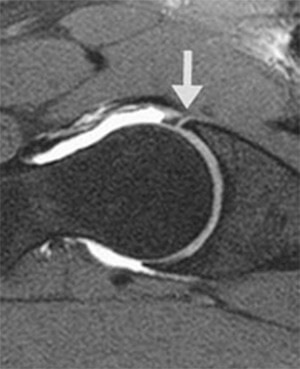What does the labrum do?
The labrum is vital for the long-term health of the hip. It has a number of important functions.
- Providing a suction seal to improve hip stability.
- Keeping lubricating fluid inside the joint.
- Nerve endings in the labrum are important for joint position sense and help tell your brain what the hip is doing.
- Increasing the area of contact across the hip and decreasing the pressure on the cartilage






